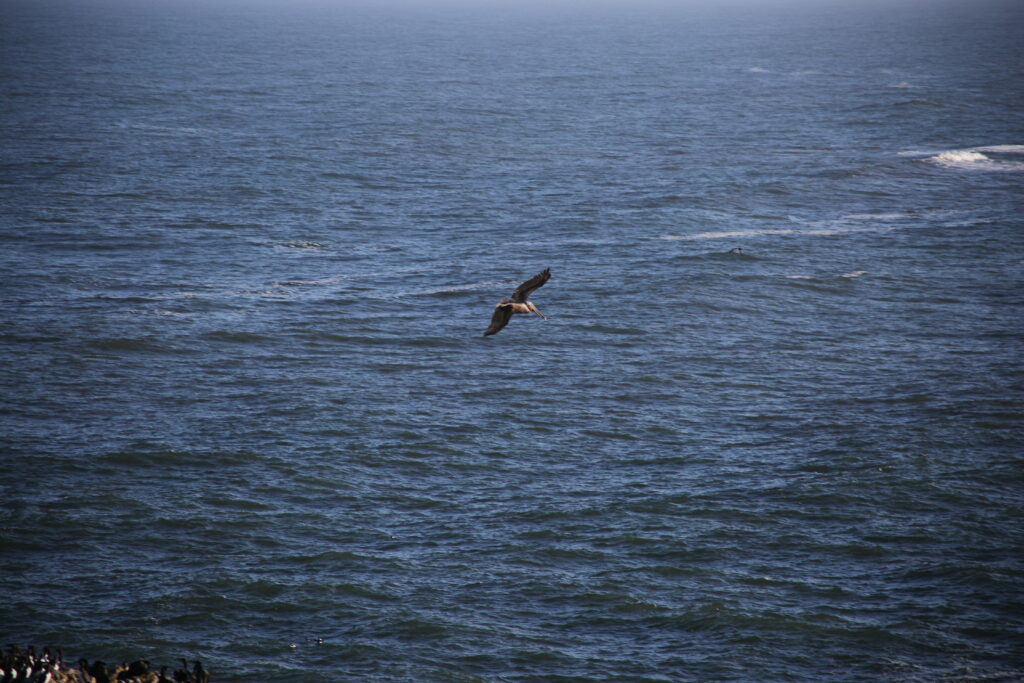General guidelines for taking and submitting photos
We are very excited about your involvement in our project and it’s important to understand a few things before engaging.
It is our goal that photographers involved in the project take their photos in the least invasive way possible. This not only protects the integrity of nesting/breeding sites for the birds but also for other wildlife that might be utilizing the coastline as well. In addition, maintaining safe distances provides you, the photographer, with the safest field conditions. In short, please ensure that you take your photos without disturbing any birds or placing yourself in danger!
Ethical wildlife photography guidelines
- Submission of photos in a .jpeg format is ideal. We can accept .png format as well.
- It is not necessary to send us large image sizes, if your photos are large please resize them before you send them (between 3-7mb per photo is fine).
- Photos taken with mobile phones or touchpad devices must be exceptionally clear in order to be submitted. Some pictures using a digiscope mobile phone adapter are acceptable.
- The best way to ensure photos can be used is to make sure that the focus is on the bird’s bill/talons and fish.
- If you’ve taken more than one photo of the same bird with fish, please choose the clearest and easiest to identify image and send that along. Sending multiple images of the same bird with fish will lead to extra data points for us.
- Be mindful of any modifications you make to the images before sending them in. Lightening or darkening images, cropping and sharpening are all fine so long as the quality of the image doesn’t suffer and the appearance of the bird or fish doesn’t change with modification.
- Keep in mind that capturing photographs of birds in flight while carrying fish is a technically challenging task. Using a zoom lens and timing your photography with things like the tidal schedule can help.
- However, we emphasize that keeping a distance from nests and colonies is of the utmost importance as even a single disturbance can have substantial ramifications on nest success.
- Only submit photos that are in color.
- The most ideal photographs are those from the head-on perspective in which your picture is the front of the bird’s beak. This allows for visual inspection of both the head and tail of the fish in their bills.
Pictures that we can use
We can use pictures of varying quality for our diet studies. That said, we do need to be able to identify the fish/intertidal prey in the bird’s possession. Here are some examples of pictures that we have received and satisfy our project expectations:






Pictures that we can not use
We’re not saying your pictures aren’t beautiful, we promise, but there are some photos that we just can’t use for this project. Pictures in which the lighting causes extreme glare or where the distance to the individual is too far make it extremely challenging to confidently identify the fish in their bills or talons. The following are examples of pictures that we would not be able to use:


Ethical wildlife photography guidelines
It is important that a certain level of care is taken when capturing wildlife photography. It should be a priority to minimize disturbance of both the birds you are capturing and any other wildlife that might be using the shoreline, estuary, etc.
- Be aware of the habitat you are photographing – how far is a disturbance free distance?
- The well being of other wildlife – that you are not photographing – should not be sacrificed in order to capture pictures.
- Most bird colonies/nesting sites along the Oregon coast are on dangerous terrain and climbing or entering that terrain should be avoided all together. On that note, be aware of state or federal land guidelines when photographing at national wildlife refuges or state parks.

